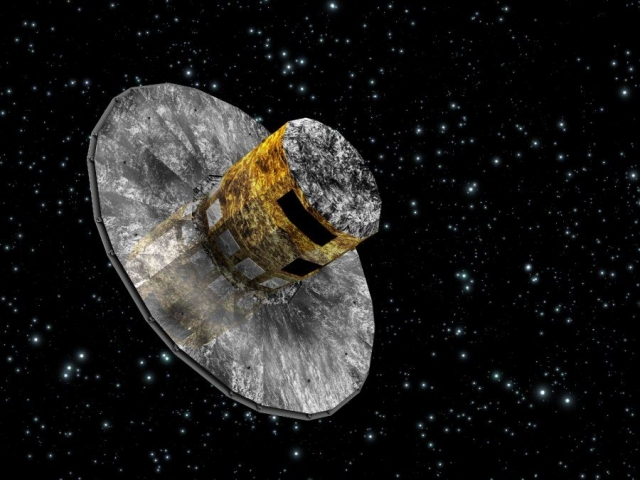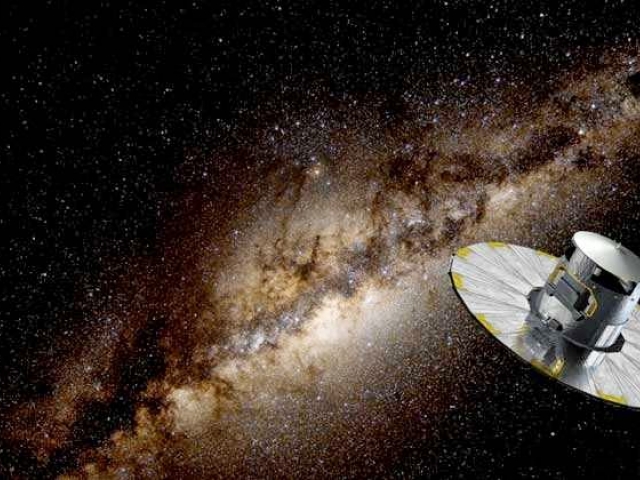
In September, 14, the most accurate 3D map of the Milky Way to date was announced by the European Space Agency (ESA), a product of the first year of observations by the Gaia satellite.

The Gaia satellite, whose launch was highly anticipated by astronomers, provided the raw data for the 3D map, using results obtained from observations between July 2014 and September 2015. The observations were used to create a catalog of some 1,142,000,000 stars, each accompanied with brightness and location data. Of that total, some two million stars are provided with distance and movement information as well.

Plus long-term scientific program, with the goal to compile a 3D space catalog of > 1000 million stars, or roughly 1% of the stars in our home galaxy, the Milky Way. By comparing Gaia's series of precise observations, today's astronomers will soon be able to make precise measurements of the apparent movement of a star across the heavens, enabling them to determine its distance and motion through space. The resulting database will allow astronomers to trace the history of the Milky Way.

The stars scanned and recorded by Gaia are just one percent of the Milky Way's star total, a number thought to be in the neighborhood of 100 billion. But, according to Francois Mignard, an astronomer with France's National Centre for Scientific Research, and member of the Gaia Science Team, the Gaia 3D map of the Milky Way is unprecedented, as "never have we achieved anything so complete or precise." The data are important for grasping the contents of the Milky Way, as well as its origin and evolution.

The publication of the Gaia's catalog opens a new era in the astronomy. Thanks to the last astronomical researches, scientists expect discoveries and new publications, Francois Mignard emphasizes.
 English
English 
 Русский
Русский Bahasa Indonesia
Bahasa Indonesia Bahasa Malay
Bahasa Malay ไทย
ไทย Español
Español Deutsch
Deutsch Български
Български Français
Français Tiếng Việt
Tiếng Việt 中文
中文 বাংলা
বাংলা हिन्दी
हिन्दी Čeština
Čeština Українська
Українська Română
Română
